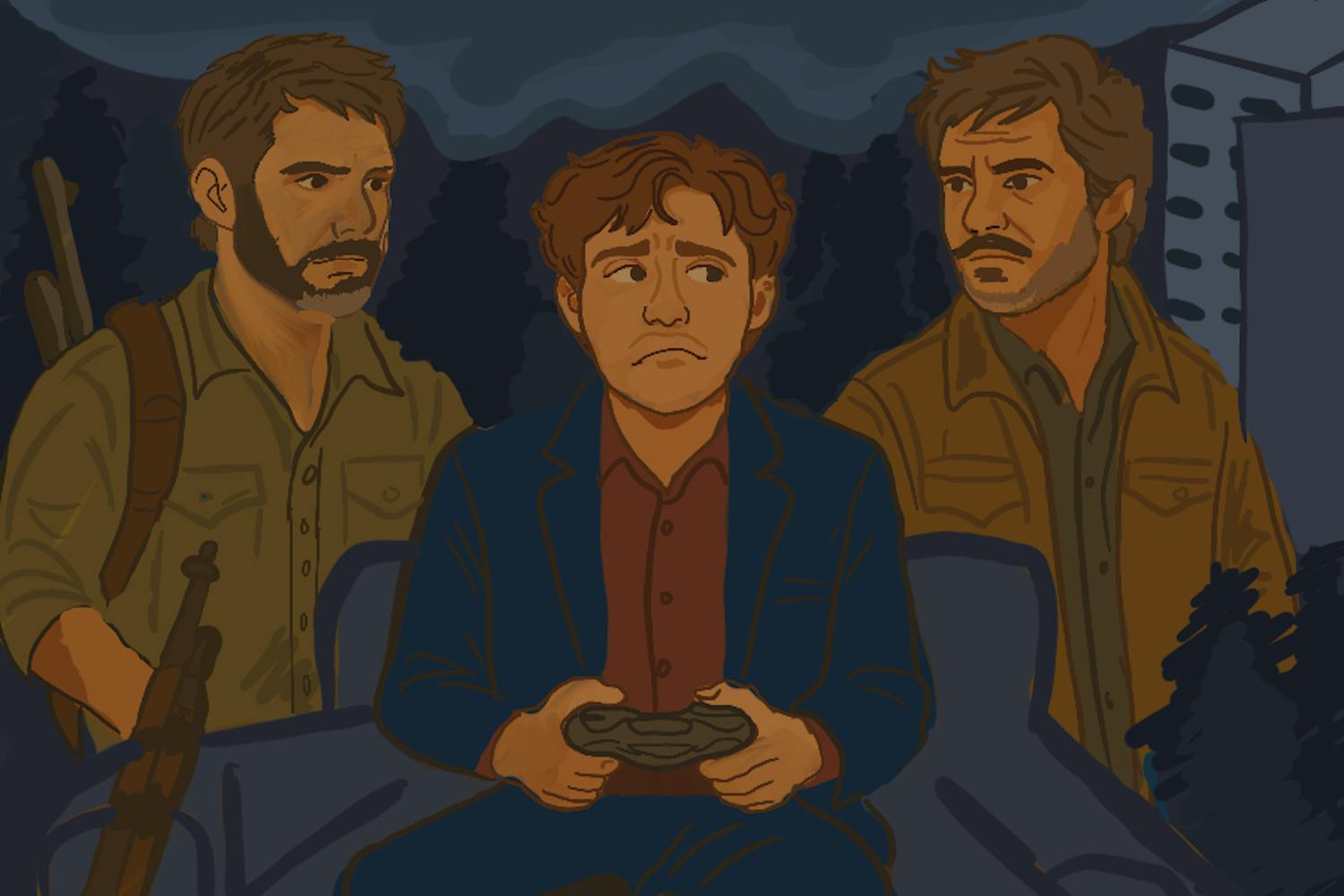For the past five years video games have become incredibly analogous. Shooters, role-playing-games and action adventure have a much-defined path to travel.
However, once in a while a visionary developer will create something entirely unique. The upcoming shooter, “Child of Eden,” developed by Q Entertainment, harnesses the power of the Xbox 360’s Kinect add-on and stunning visuals, while throwing rave music into the mix, to create a physically controlled entertainment experience.
The State Press recently spoke with “Child of Eden’s” Creative Director, Tetsuya Mizuguchi, about his newest project. (The following interview took place via e-mail due to international communication constraints.)
“Child of Eden” is set to be released for Xbox 360 on June 14, 2011.
The State Press: Your prior games, “Lumines” and “Rez,” are particularly keen to tactile responses for particular actions. Since the Kinect version of “Child of Eden” doesn’t use a controller, how did you recreate the rewarding satisfaction derived from feeling the music without a vibrating controller?
Tetsuya Mizuguchi: Just to be clear, “Child of Eden” was also designed for standard controllers, so that the broadest possible audience could enjoy the game. That said, Kinect technology allows us to try an approach that was never before possible with video games. Before, players have always had to hold a controller in their hands, and press buttons or triggers or sticks. As simple and efficient as that might be, it's still like a prosthetic, an extension of your body. Because of that it means there's a small barrier standing between you and the game. Kinect allows us to do something fresh. Instead of using a controller to fly through the archives of Eden, which you can still do if that's your preference, now you can simply stand in front of the Kinect camera and fly, using your hands to aim and shoot naturally and intuitively.
SP: What type of inspiration did Kinect present?
TM: “Child of Eden” uses Kinect to allow the player to feel as if they are flying through the archives. The archives are the places where each type of memory is stored. By using conductor-like motions, players can purify each level using the Tracer and Lock-On shots. As you purify each virus, they turn from dark colors to their brighter, more colorful original form. You can use (a) controller if you prefer, but each control style has its own advantages.
SP: You’re renowned for your unique synaesthesia development style. How does “Child of Eden” use synaesthesia to immerse a player?
TM: Synaesthesia is my life’s theme. I hope the sounds and pictures and the visual effects synchronize and create new emotions and sensations. All of the time this is our goal, but I don’t have unreasonable expectations. However, if we can achieve a new emotional experience in a game, then we’ll have accomplished something new.
SP: What challenges, or opportunities, did incorporating body motion bring to a game where overwhelming the senses is vital?
TM: Kinect is the new technology and I was intrigued by that. “Child of Eden” offers an experience that’s almost like conducting music. It’s a sound and vision experience. It’s not only fun, but it feels good to play. That’s what I want to do, is to make the players feel the emotion.
SP: A PlayStation Move version of “Child of Eden” was originally announced, and then postponed to a possible September date. What factors went into this decision?
TM: We needed more time.
SP: Rumors have it a 3-D version may be released for the PS3, any comments on this idea?
TM: It sounds interesting to me.
SP: Could you please explain who Lumi is, and her role in the game?
TM: “Child of Eden” is the story of Lumi, the first child born in space. For the people of Earth she was the hope for the future of mankind. She longed to set foot on Earth but her life ended in space before she could ever fulfill her dream. Her body was preserved and her memory data was archived. The story in the game takes place 200 years after her death.
SP: Your work always demonstrates a new level of immersion through rave-like music and stellar visuals. What type of music and visual effects can players expect to find in the development team’s newest creation?
TM: There are no borders in my creative work. Lumi is a character that exists in the concept of my band, Genki Rockets. The game, “Child of Eden,” allows me to explore her life on a grand visual and audio level, in ways that have never been seen before. Everything is connected, everything influences each other. My love of electronic music has always influenced my work, at first providing the soundtrack to my early games, and then becoming more integral in my later games, like “Rez” and “Space Channel 5” and “Lumines.” But in “Child of Eden,” it's probably the most important than it's ever been. Not only is it a music-rhythm shooter, it actually features my own music, and that's probably the biggest change.
SP: With only five stages, are you worried the game will lack replay value?
TM: I've put a lot of work into creating a scenario with a lot of emotion, feeling and drama. But at the same time it's not like anything that's ever existed before, and I think this is a game that you must “feel” as much as “play.”
SP: What different types of weapons will be presented to players?
TM: There is the Lock On shot, Vulcan or Tracer shot, and Euphoria bomb that is like a smart bomb.
SP: How has the advancement of technology impacted development?
TM: All of the time we have new inspiration from this new technology. I think this kind of technology will improve future games. Right now that game is only being developed for Kinect and controller. Things like Kinect removes gamers from simply pressing buttons and puts them in a more proactive role in the game, making them express themselves physically. I think this will push gaming forward.
SP: Is there anything you would like to add?
TM: “Child of Eden” actually began as a 40-page poem and from there ideas started to flow. And it incorporated elements of the story I’ve been developing for years. Who knows? One day I may take the concept into other mediums.
Reach the reporter at tdmcknig@asu.edu





